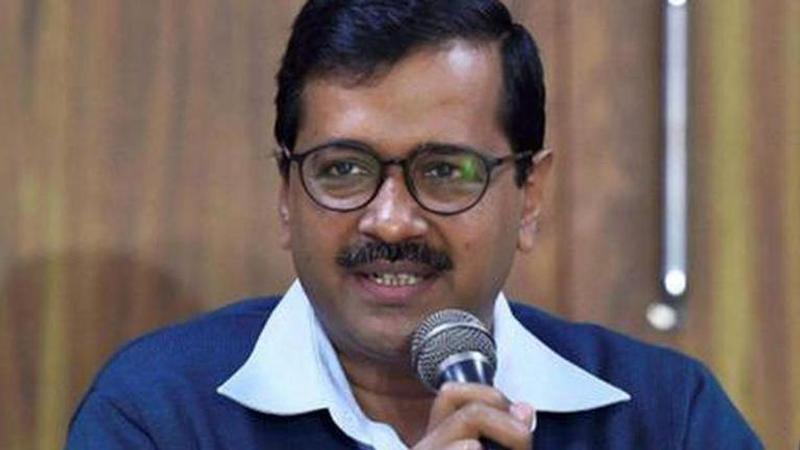Published 23:11 IST, July 5th 2020
From 445 COVID-19 cases in March to 97,200 cases till July 4, Delhi third worst-hit region
From 445 coronavirus cases in March to 97,200 cases in four months till July 4, Delhi is currently the third worst-hit region by the pandemic after Maharashtra and Tamil Nadu.

From 445 coronavirus cases in March to 97,200 cases in four months till July 4, Delhi is currently the third worst-hit region by the pandemic after Maharashtra and Tamil Nadu.
The first case in the national capital was detected on March 2, while the first health bulletin was issued by the city government on March 4.
Delhi’s silver lining was its recovery rate.
The recovery rate increased to 42.69 per cent on June 18, after staying below the 40 per cent-mark for 13 days (June 1-13), according to an analysis of the Delhi government figures on coronavirus.
The current recovery rate of the national capital is 70.22 per cent, which is higher than the national recovery rate of 60.77 per cent.
As many as 445 cases had been reported in the city from March 2 to April 4, while 15 patients had recovered and six deaths took place during this period. It was also the time when a religious congregation at Nizamuddin Markaz emerged as a hotspot for the virus.
The analysis also said that within two months of the first health bulletin, the COVID-19 cases in the national capital neared the 5,000-mark, while 64 fatalities had been reported by May 4. Out of the 4,898 cases, 3,403 were active cases, while 64,108 tests had been conducted during this period.
Till June 4, the number of cases had increased by five times of the cases figure in May and the national capital had over 25,000 cases of coronavirus.
The city also saw the highest single-day spike in cases on June 3.
The number of deaths due to the disease also saw a three-fold increase -- from 160 till May 18 to 473 by May 31.
June was also the month when it was conjectured that coronavirus cases in Delhi would rise to one lakh by June-end and to 5.5 lakh by July-end.
By mid-June, Delhi's recovery rate also started increasing, in a ray of hope, amid the surge in cases. By the end of the month, it had risen to 66.03 per cent, higher than the national average at that time and by July 4, it was at 70.22 per cent, the analysis said.
Till July 4, the government had issued 122 health bulletins even as the number of cases reached 97,200.
The national capital also ramped up testing with rapid antigen testing and has till now tested over six lakh people and is conducting nearly 20,000 tests on a daily basis.
According to Delhi government's health bulletin, there were seven days, between June 13 to 27, wherein over 3,000 cases were reported daily. However, after June 27, there was a decline in the number of cases reported in a single day.
In the last five days, the numbers have oscillated with experts suggesting that the national capital may go past the coronavirus peak in early August, the analysis said.
Updated 23:12 IST, July 5th 2020




